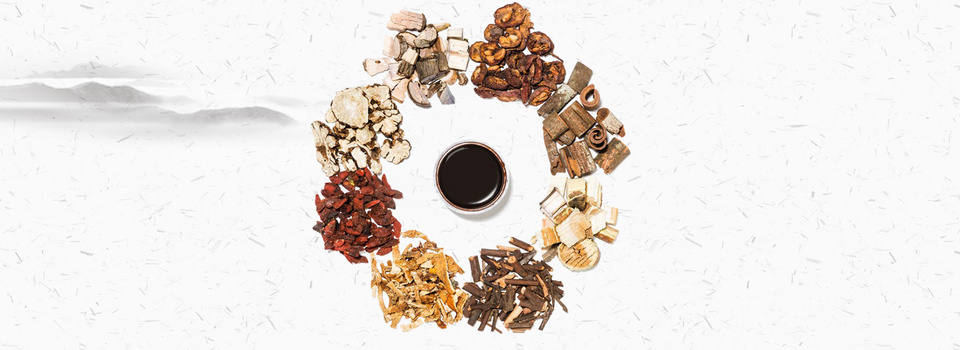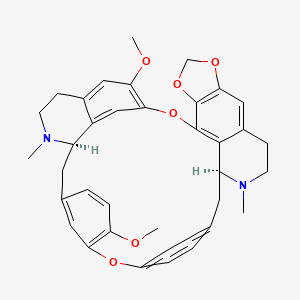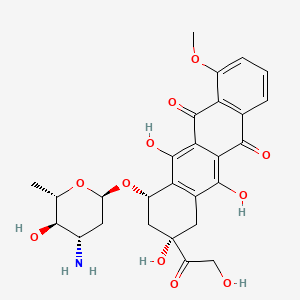


| Pair Name | Cepharanthine, Epirubicin | ||
| Phytochemical Name | Cepharanthine (PubChem CID: 10206 ) | ||
| Anticancer drug Name | Epirubicin (PubChem CID: 41867 ) | ||
| Structure of Phytochemical |

|
Download
2D
MOL
3D
MOL
|
|
| Structure of Anticancer Drug |

|
Download
2D
MOL
3D
MOL
|
|
| Pair Name | Cepharanthine, Epirubicin | |||
| Disease Info | [ICD-11: 2C60] | Breast cancer | Investigative | |
| Biological Phenomena | Induction-->Mitochondrial fission and apoptosis | |||
| Gene Regulation | Up-regulation | Cleavage | PARP1 | hsa142 |
| Up-regulation | Cleavage | CASP3 | hsa836 | |
| Up-regulation | Expression | CYCS | hsa54205 | |
| Up-regulation | Expression | LINC01554 | KEGG ID N.A. | |
| Up-regulation | Expression | MFF | hsa56947 | |
| Down-regulation | Expression | MFN1 | hsa55669 | |
| Down-regulation | Expression | MFN2 | hsa9927 | |
| Down-regulation | Expression | OPA1 | hsa4976 | |
| Down-regulation | Phosphorylation | DNM1L | hsa10059 | |
| Up-regulation | Expression | PINK1 | hsa65018 | |
| Up-regulation | Expression | PRKN | hsa5071 | |
| Up-regulation | Expression | SQSTM1 | hsa8878 | |
| Up-regulation | Expression | MAP1LC3B | hsa81631 | |
| Up-regulation | Expression | CFL1 | hsa1072 | |
| Down-regulation | Phosphorylation | LIMK1 | hsa3984 | |
| In Vitro Model | MDA-MB-231 | Breast adenocarcinoma | Homo sapiens (Human) | CVCL_0062 |
| BT-549 | Invasive breast carcinoma of no special type | Homo sapiens (Human) | CVCL_1092 | |
| In Vivo Model | MDA-MB-231 cells were suspended in a 1:1 ratio in DMEM medium with a Matrigel basement membrane matrix . Cells (4×10⁷) were inoculated in the right legs of mice. | |||
| Result | Cepharanthine sensitizes human triple negative breast cancer cells to chemotherapeutic agent epirubicin via inducing cofilin oxidation-mediated mitochondrial fission and apoptosis | |||
| No. | Title | Href |
|---|---|---|
| 1 | Cepharanthine sensitizes human triple negative breast cancer cells to chemotherapeutic agent epirubicin via inducing cofilin oxidation-mediated mitochondrial fission and apoptosis. Acta Pharmacol Sin. 2022 Jan;43(1):177-193. doi: 10.1038/s41401-021-00715-3. | Click |
